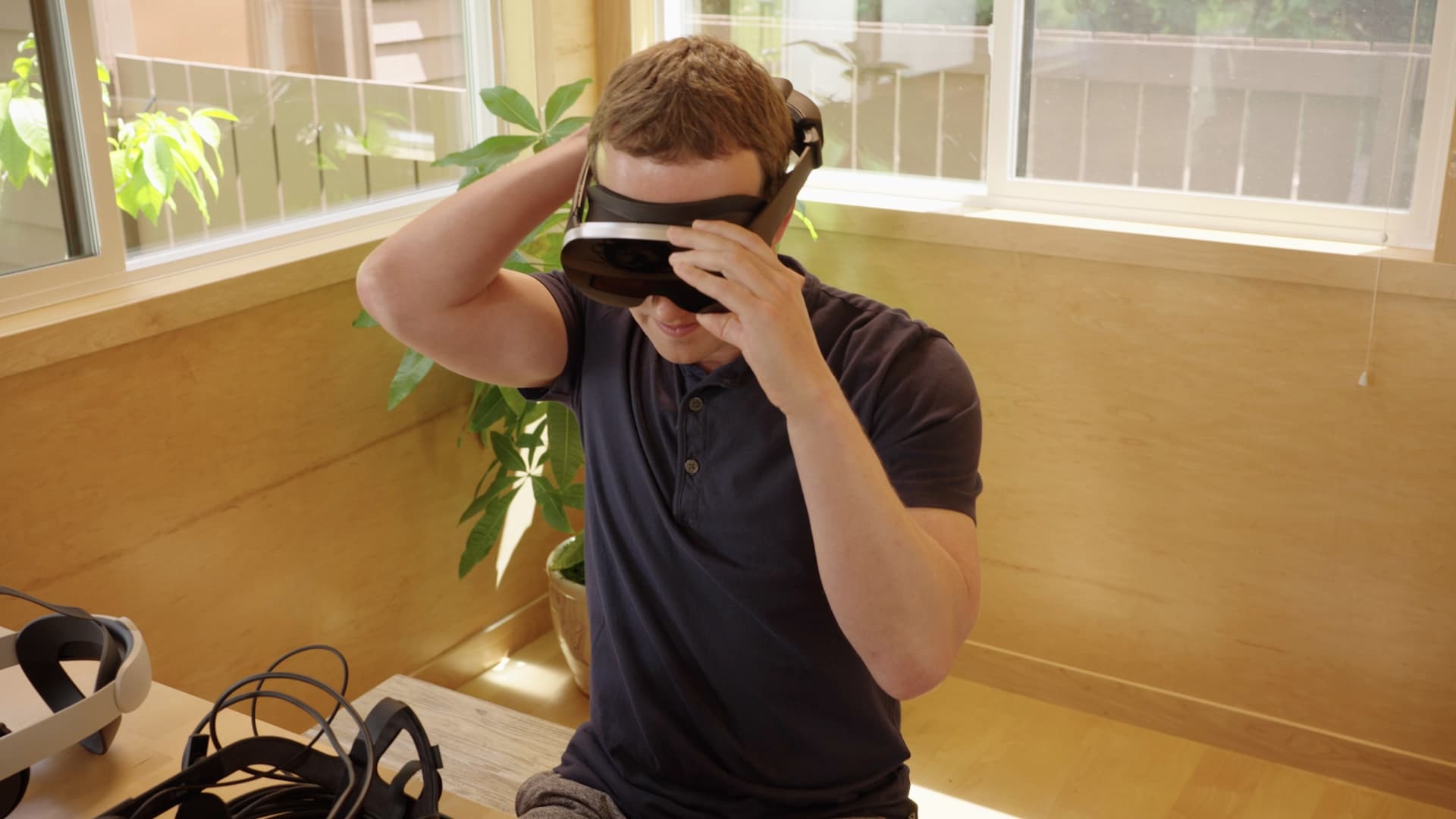Meta, the parent company of Facebook, has unveiled plans to monetize the Metaverse with advertising. The company’s Vice President of Augmented Reality, Alex Himel, believes that Meta can generate more revenue per user from the Metaverse than from modern social media. In an internal presentation outlining Meta’s plans for the next four years, Himel said that the plan involves selling combinations of virtual goods, optional add-ons like cloud backups, and augmented reality advertising.
Meta is no stranger to advertising. It already has a large advertising empire on platforms like Facebook and Instagram. With the Metaverse, the company sees an unprecedented opportunity to become both a metaverse platform and an immersive advertiser. Himel is optimistic about the advertising business in the Metaverse, saying that Meta should be able to run a very good ads business. He believes that it is easy to imagine how ads would show up in space when users have AR glasses on. He also emphasized that Meta’s ability to track conversions, which is where there has been a lot of focus as a company, should be close to 100 percent.
To realize its ambitions, Meta needs more people in headsets. Himel sees the potential at nearly two billion headsets sold annually and several hundred million smartwatches. Meta’s strategy involves two pathways: high-quality products and low-cost products. The company already uses this strategy with its Quest line. The Quest 2 is more affordable and sells more headsets while the Quest Pro has a higher price point and offers a better experience.
Meta plans to release two product lines in 2027: “Innovation” includes highly sophisticated AR headsets capable of projecting high-quality holograms of avatars into physical space, while “Scale” presents a less expensive version. The glasses take input from neural signals in the wrist, either through a wristband or a smartwatch.
Success also depends on the type and aggressiveness of the advertising. Unlike VR headsets, AR glasses are meant to be part of users’ everyday lives in the long term and to be worn all the time. Therefore, the willingness of many people to use such technology could be greatly reduced by permanent advertising in their field of vision. However, the technology and the advertising also offer useful aspects if used sensibly.








